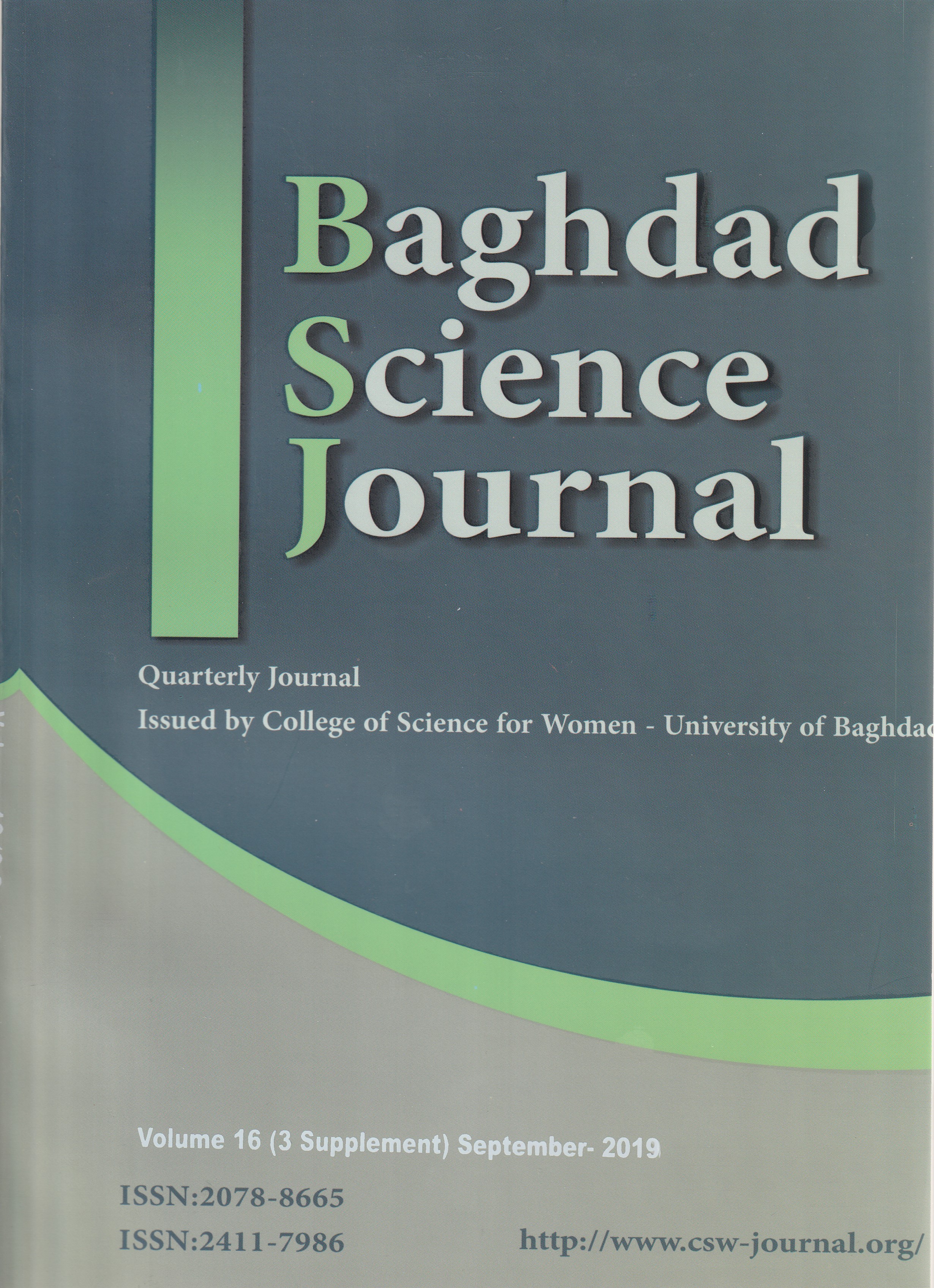Detection of CTX-M-type ESBLs from Escherichia coli Clinical Isolates from a Tertiary Hospital, Malaysia
Main Article Content
Abstract
The present study aims to detect CTX-M-type ESBL from Escherichia coli clinical isolates and to analyze their antibotic susceptibility patterns. One hundred of E. coli isolates were collected from different clinical samples from a tertiary hospital. ESBL positivity was determined by the disk diffusion method. PCR used for amplification of CTX-M-type ESBL produced by E. coli. Out of 100 E. coli isolates, twenty-four isolates (24%) were ESBL-producers. E. coli isolated from pus was the most frequent clinical specimen that produced ESBL (41.66%) followed by urine (34.21%), respiratory (22.23%), and blood (19.05%). After PCR amplification of these 24 isolates, 10 (41.66%) isolates were found to possess CTX-M genes. The CTX-M type ESBL producing E. coli against antibiotics belonging to different families showed the highest resistance rates to Ampicillin (100%), Cefotaxime (97%), Cefuroxime (95%), and Ciprofoxacin (86%). Carbapenem groups of antibiotics, Meropenem (89%) and Imipenem (85%) have the highest susceptibility rate among all antibiotics used in this study. The outcome of the antimicrobial susceptibility testing of significant CTX-M- type ESBL producing E. coli could be useful to avoid failure or prolong treatments.
Received 15/11/2018,
Accepted 12/3/2019,
Published /9/2019
Article Details
How to Cite
1.
Detection of CTX-M-type ESBLs from Escherichia coli Clinical Isolates from a Tertiary Hospital, Malaysia. Baghdad Sci.J [Internet]. 2019 Sep. 22 [cited 2025 Mar. 13];16(3(Suppl.):0682. Available from: https://bsj.uobaghdad.edu.iq/index.php/BSJ/article/view/4124
Section
article
How to Cite
1.
Detection of CTX-M-type ESBLs from Escherichia coli Clinical Isolates from a Tertiary Hospital, Malaysia. Baghdad Sci.J [Internet]. 2019 Sep. 22 [cited 2025 Mar. 13];16(3(Suppl.):0682. Available from: https://bsj.uobaghdad.edu.iq/index.php/BSJ/article/view/4124




